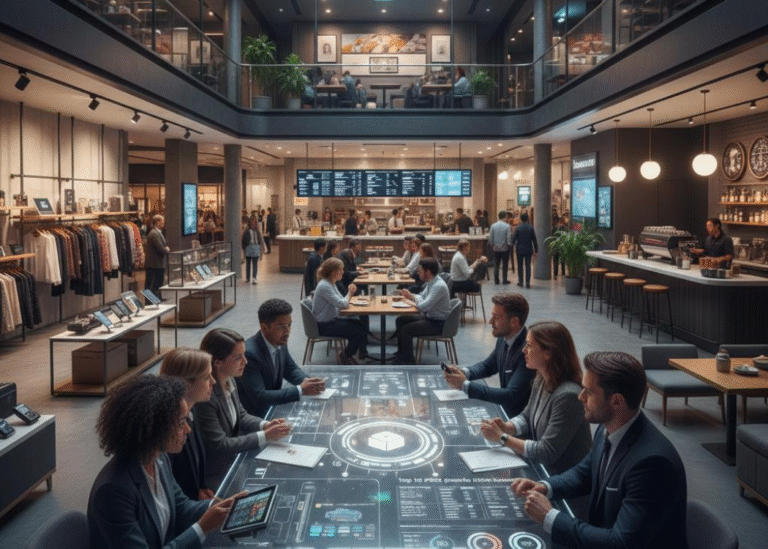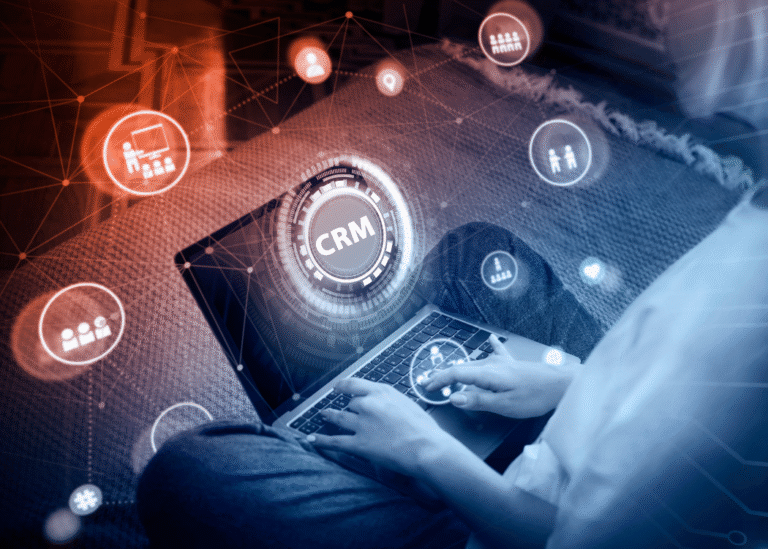Cybersecurity keeps us up at night. With hackers getting smarter and attacks growing more frequent, businesses and individuals are scrambling to stay safe online. Enter artificial intelligence AI, a tool that’s changing the game. But the big question looms: can AI fully take over cybersecurity, or is it just a powerful sidekick? Let’s dive into what AI brings to the table, its limits, and what it means for keeping our data secure.
What Role Does AI Play in Cybersecurity Today?
AI is already a heavy hitter in the cybersecurity world. It’s not about replacing humans but amplifying what we can do. Think of it as a tireless watchdog, scanning massive amounts of data to spot threats. AI systems analyze network traffic, detect unusual patterns, and flag potential risks faster than any human could.
For example, if a hacker tries to sneak into a system, AI can notice odd login attempts like someone logging in from a strange location at 3 a.m. and block them instantly. Tools like these are used by companies big and small, often powered by machine learning to get better over time. They learn from past attacks to predict and prevent new ones, making them a go-to for staying one step ahead.
How Does AI Spot Threats Humans Might Miss?
Humans are great at intuition, but we’re not built to process billions of data points in seconds. AI is. It excels at finding needles in haystacks like spotting a single malicious email among thousands of legitimate ones. By analyzing patterns, AI can identify phishing attempts, malware, or even insider threats that might slip past a busy IT team.
Take ransomware, for instance. AI can detect subtle signs of an attack, like unusual file encryption activity, and stop it before it locks up your system. This speed is critical when seconds can mean the difference between a minor issue and a full-blown data breach.
Can AI Prevent Cyberattacks Before They Happen?
Prevention is where AI really shines. It’s not just reacting to threats, it’s predicting them. AI systems use predictive analytics to study trends and anticipate attacks. For example, if a new type of malware starts spreading across the globe, AI can analyze its behavior and update defenses before it hits your network.
This proactive approach is a game-changer. Instead of waiting for a hacker to strike, AI can patch vulnerabilities or adjust firewall rules on the fly. Some systems even simulate attacks to test defenses, helping businesses stay ready for whatever comes next.
What Are the Limits of AI in Cybersecurity?
AI sounds like a superhero, but it’s not flawless. For one, it relies heavily on data. If the data it’s trained on is incomplete or biased, it might miss threats or raise false alarms. Hackers are also catching on, using AI themselves to craft smarter attacks like deepfake phishing emails that are harder to spot.
Another hurdle is context. AI can flag a suspicious login, but it might not understand why a trusted employee is accessing files at an odd hour. Humans are still needed to interpret these nuances and make judgment calls. Over-relying on AI without human oversight can lead to mistakes or missed threats.
How Do Hackers Use AI Against Cybersecurity?
Here’s the flip side: AI isn’t just for the good guys. Cybercriminals are using it to up their game, too. They can deploy AI to automate attacks, like generating thousands of phishing emails tailored to specific targets. These emails might mimic your boss’s writing style or reference recent purchases, making them scarily convincing.
AI-powered malware can also adapt on the fly, changing its code to dodge detection. This cat-and-mouse game means cybersecurity teams need to keep their AI tools sharper than the hackers’. It’s a constant race to stay ahead, and no one can afford to slack.
Can AI Replace Human Cybersecurity Experts?
The short answer? Not likely. AI is a force multiplier, not a full replacement. While it handles repetitive tasks like scanning logs or blocking spam humans bring creativity and critical thinking to the table. A seasoned cybersecurity expert can connect dots that AI might miss, like spotting a social engineering trick that doesn’t show up in data patterns.
Plus, someone has to manage the AI itself. Setting up systems, tuning algorithms, and responding to complex threats all require human expertise. The future is about collaboration AI doing the heavy lifting and humans steering the ship.
How Can Businesses Use AI to Strengthen Cybersecurity?
Ready to bring AI into your cybersecurity strategy? Here’s how to make it work:
- Start with Threat Detection: Use AI tools to monitor networks in real time. Platforms like Darktrace or CrowdStrike leverage AI to spot anomalies and respond quickly.
- Automate Routine Tasks: Let AI handle repetitive jobs like patching software or filtering spam. This frees up your team for bigger challenges.
- Train Your AI: Feed it high-quality, up-to-date data to ensure accurate threat detection. Regularly update its training to counter new attack methods.
- Combine with Human Expertise: Pair AI with skilled professionals who can interpret its findings and make strategic decisions.
- Stay Ethical: Ensure AI systems respect user privacy and comply with regulations like GDPR to avoid legal headaches.
These steps can help businesses of any size build a stronger defense without breaking the bank.
What Does the Future Hold for AI in Cybersecurity?
AI’s role in cybersecurity is only growing. As threats evolve, so will the tools to fight them. We’re likely to see AI systems that are even better at predicting attacks, possibly stopping them before they even start. Advances in natural language processing could make AI better at spotting social engineering scams, while improved algorithms might outsmart adaptive malware.
But the human element will stay crucial. As AI gets smarter, so do cybercriminals, and the battle will hinge on who can innovate faster. Businesses that blend AI’s speed with human insight will come out on top.
The future belongs to professionals who can direct these powerful tools, not just monitor them. An AI Security Course provides the critical lens to anticipate attacks and architect resilient systems. Turn the technological tide in your favor and build the expertise that makes you indispensable. Visit Modern Security for latest AI & cybersecurity courses & blogs.
Why Should You Care About AI in Cybersecurity?
Whether you’re running a small business or managing a corporate network, cybersecurity affects you. A single breach can cost thousands or millions in damages, not to mention the hit to your reputation. AI offers a way to stay proactive, catch threats early, and keep customers trusting you with their data.
It’s not about handing over the keys to AI but using it as a powerful ally. By combining its speed and scale with human know-how, you can build a defense that’s tough to crack. Curious about specific AI cybersecurity tools? Platforms like xAI’s Grok or industry leaders like Palo Alto Networks offer resources to get started.
The bottom line? AI won’t “take over” cybersecurity, but it’s reshaping it for the better. It’s about working smarter, staying vigilant, and keeping your data safe in a world where threats never sleep.






